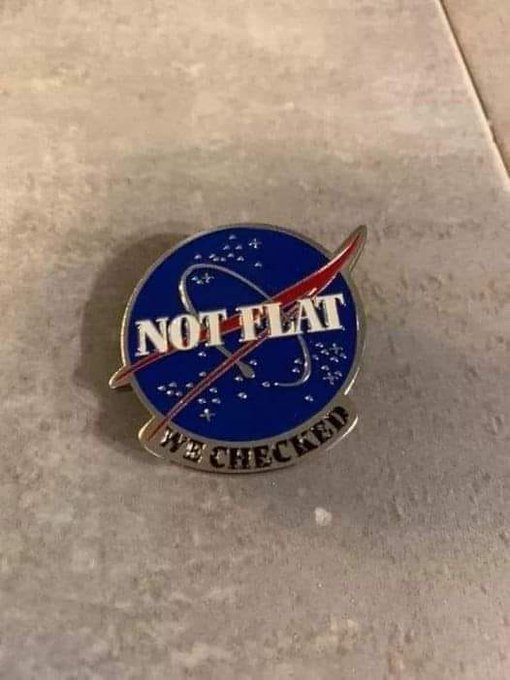
From Susanne Rust for the Los Angeles Times: “Since mid-June, an otter has been attacking and terrorizing surfers off the Santa Cruz coastline — in at least one case, stealing a board. In recent days, the attacks have grown increasingly aggressive. “At first, we were like, ‘Look how cute?’ But then it bit down on the board and chewed off a piece, and we were like. ‘What’s going on?’” said one surfer. He said the otter jumped on his board and began biting it. He tried to flip the board, but the otter got right back on — and started lunging at him. An adult sea otter can weigh 30 to 100 pounds, and reach 5 feet in length. The force of an otter’s bite has been estimated to be 615 pounds per square inch, while a wolverine’s can reach 1,720 pounds per square inch. The average person’s bite force is about 162 pounds per square inch.”
America suffered from an opioid crisis following the end of the civil war

From Livia Gershon for JSTOR Daily: “When veterans of the US Civil War returned home, one of the barriers many faced to reintegrating into civilian life was opiate dependency. Prior to the Civil War, American doctors prescribed opiates, including opium, morphine, and laudanum, for a vast range of conditions, from painful injuries to loose bowels to fever. But doctors, and many members of the general public, were well aware of the dangers of the drugs. An 1849 article in Scientific American described addicted men as “ready to sell wife and children, body and soul for the continuance of his wretched and transient delight.” But they had little choice but to offer opiates to soldiers who otherwise would have been useless due to pain, vomiting, diarrhea, or other debilitating conditions. Some soldiers also took opiates before battle to calm their nerves.”
Note: This is an edition of my daily email newsletter. You can find past versions and sign up for it here.
Could new weight-loss drugs like Ozempic treat addiction?

From Sara Reardon for Scientific American: “Some users of Ozempic, the popular diabetes drug that can help people eat less and lose weight, have been noticing a welcome side effect. An increasing number of people who use these injections to help control their food cravings say other cravings disappear as well—including ones for nicotine, alcohol, gambling, skin picking and other compulsive behaviors. The abundance of anecdotal reports has made researchers wonder whether Ozempic and similar weight-loss drugs can serve as a basis for antiaddiction treatments. “It does make a lot of sense,” says Lorenzo Leggio, an addiction researcher at the National Institute on Alcohol Abuse and Alcoholism and the National Institute on Drug Abuse.* Ozempic, one of the brand names for the drug semaglutide, targets a hormone that tells the body when it is full and, through mechanisms that are not fully understood, weakens the brain’s association between food and pleasure.”
A third of North America’s birds have vanished

From Anders and Beverly Gyllenhaal for Nautilus magazine: “For weeks, Adam Smith had been crunching the raw data from more bird statistics than anyone had ever tried before—thirteen different bird counts and millions of radar sweeps. He leaned across his desk, surrounded by enough high-powered computers to heat up his entire office, and stared at what could only be an impossible conclusion: Over the past fifty years, his calculations found, a third of North America’s birds had vanished. “Well, that can’t be right,” he thought. “I must have made a mistake somewhere.” Smith, one of the hemisphere’s top specialists in bird populations, just sat for a while and then it dawned on him. “This would be a massive change, an absolutely profound change in the natural system,” he said. “And we weren’t even aware of it.”
Singapore has the first automated salmon vending machine

From Atlas Obscura: “In January of 2019, a new ATM was unveiled in Singapore’s Wisteria shopping mall. Instead of cash, however, this machine dispenses 200-gram fillets of frozen salmon from the fjords of Norway. Today, dozens of salmon ATMs dot the island city-state. Manish Kumar, founder and CEO of Norwegian Salmon Pte Ltd, has a stated goal of making his beloved salmon available to all and affordable for everyone. By cutting out the cost of storefronts, staff, and distributors, he’s able to sell his fillets for S$5.90 ($4.25). And by holding them under -4 degrees F, the fish stays fresh for up to two years. The company decided on Singapore because of the country’s vending-machine culture (Singaporean machines vend everything from ice cream to luxury cars).”
Zoo warns visitors not to show videos to ‘fascinated’ gorillas

Verity Bowman and Susie Coen write for The Telegraph: “He is not the only teenager to have become so enthralled by mobile phones that it impacts his relationship with his family. But Nassir, aged 13, is a Western lowland gorilla and his behaviour so concerned Canadian zookeepers that they have put up signs around his enclosure asking visitors not to show him any more footage. Videos and photos shown to apes on mobile phones “can be upsetting and affect their relationships and behaviour within the family”, the signs at Toronto Zoo read. Zoo patrons have taken in recent years to showing gorillas videos on their phones and recording the reaction to share on social media. But it has left some of the animals glued to mobiles. Toronto Zoo says that Nassir is the “the epitome of a teenager” who is “fascinated by videos and screen time would dominate his life if he had his way”.
It’s not flat, we checked
From Amazing Astronomy on Twitter

